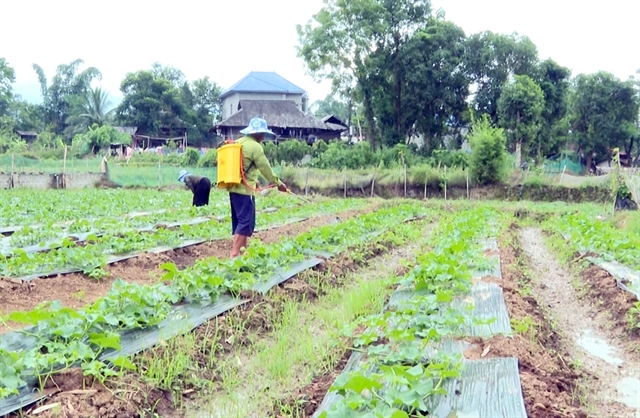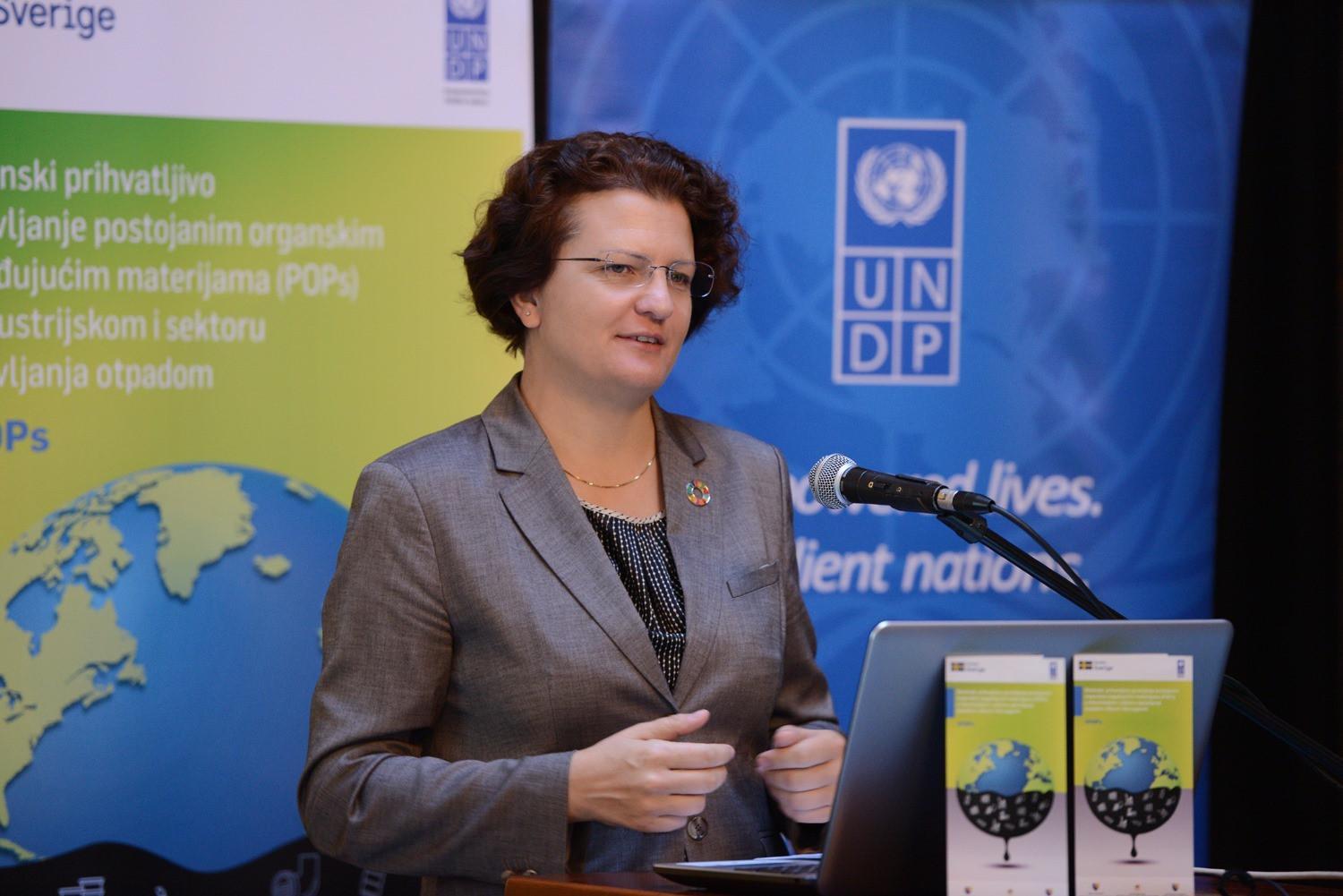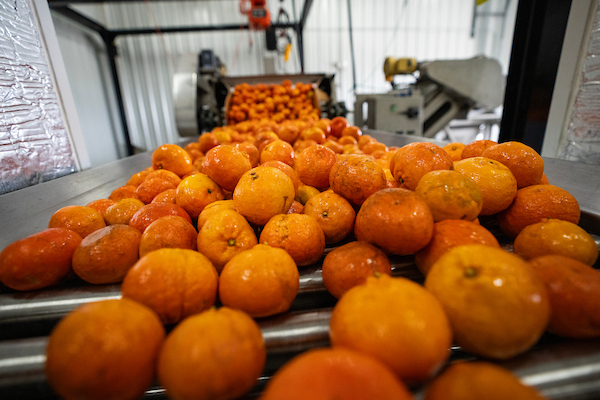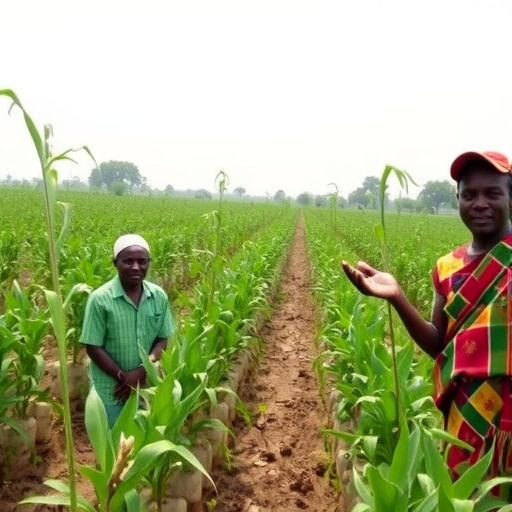Everything To Know About Poverty in Taiwan – The Borgen Project

Report on Poverty and Sustainable Development Goal Alignment in Taiwan
1.0 Analysis of Poverty Metrics and SDG 1 (No Poverty)
Despite being a high-income, advanced economy with a projected 2025 GDP per capita of $37,000 USD, Taiwan’s poverty landscape presents a complex challenge in relation to Sustainable Development Goal 1 (No Poverty). The official definition of poverty, which classifies only those with an income below 60% of the median, results in a low reported poverty rate of approximately 2.6%. However, this narrow metric may obscure the true extent of economic hardship and hinder progress toward the comprehensive targets of SDG 1.
1.1 Relative Poverty and International Benchmarks
A broader analysis using relative poverty metrics, common in developed economies, suggests a more significant challenge. The OECD defines relative poverty as having an income below 50% of the median. Applying this standard, which places countries like Japan and Korea at 15% poverty, indicates that Taiwan’s actual relative poverty rate could be between 10% and 15%. This would equate to between 2 and 4 million people experiencing relative poverty, a figure more aligned with a 2023 NGO survey where 9% of respondents self-identified as living in poverty. This discrepancy highlights the need for more inclusive metrics to accurately track and address SDG 1.
2.0 Causal Factors and SDG Implications
2.1 Economic Pressures and SDG 8 (Decent Work and Economic Growth)
Several economic factors contribute to relative poverty in Taiwan, directly impacting the achievement of SDG 8 (Decent Work and Economic Growth). Key issues include:
- A high cost of living, especially housing costs in urban centers like Taipei.
- Stagnant median wage levels.
- A minimum wage of approximately $900 USD per month, which is among the lowest in advanced economies and is less than 50% of a calculated “living wage.”
This failure to ensure a living wage undermines the principles of decent work and equitable economic growth central to SDG 8.
2.2 Income Disparity and SDG 10 (Reduced Inequalities)
Taiwan exhibits one of the highest income inequality ratios among advanced countries. This significant gap between the rich and poor is a direct challenge to SDG 10 (Reduced Inequalities), which calls for policies to empower the bottom 40% of the population and ensure a more equitable distribution of income.
2.3 Social and Health Implications and SDG 3 (Good Health and Well-being)
The economic pressures, particularly the low minimum wage, correlate with poor performance on several social indicators relevant to SDG 3 (Good Health and Well-being). These include elevated rates of:
- Child mortality
- Road and pollution-related deaths
- Homicide and suicide
- Mental health issues
3.0 Current Interventions and Policy Gaps
3.1 Non-Governmental Organization (NGO) Response and SDG 11 (Sustainable Cities and Communities)
The NGO “Do You a Flavor,” founded in 2014, addresses urban poverty and homelessness, contributing to SDG 11 (Sustainable Cities and Communities). Its initiatives focus on creating inclusive and safe urban environments through:
- Establishing transitional housing in collaboration with businesses.
- Food distribution and medical aid programs.
- Skills development and job matching services.
- Advocacy for legislative change to address the root causes of urban poverty.
3.2 Public Policy Framework and Limitations
While Taiwan has social welfare policies, including social housing and income support, their effectiveness in achieving SDG 1 is limited by restrictive eligibility criteria. Key limitations include:
- Poverty definitions and welfare eligibility are based on the household unit rather than the individual.
- Any household member aged 16-65 is assessed as being employed at the minimum wage, regardless of their actual employment status.
These restrictions create significant barriers to accessing support, thereby hindering progress on poverty reduction.
4.0 Policy Recommendations for SDG Alignment
To more effectively address poverty and align with the Sustainable Development Goals, the following policy reforms are recommended:
- Enhance Social Welfare Access (SDG 1): Reform welfare eligibility by shifting from a household-based to an individual-based assessment to ensure support reaches those in need.
- Promote Decent Work (SDG 8): Increase the minimum wage to align with a calculated “living wage,” ensuring that full-time work provides an adequate standard of living.
- Reduce Inequality (SDG 10): Implement policies aimed at improving worker’s rights and achieving a more equitable distribution of income.
- Ensure Sustainable Communities (SDG 11): Increase the availability of social housing, particularly in Taipei, and implement measures to control rising property costs to ensure housing affordability.
Analysis of Sustainable Development Goals in the Article
1. Which SDGs are addressed or connected to the issues highlighted in the article?
-
SDG 1: No Poverty
- The article’s central theme is poverty in Taiwan. It discusses the official poverty rate, alternative definitions of relative poverty, and the social welfare policies designed to address need, directly connecting to the goal of ending poverty in all its forms.
-
SDG 3: Good Health and Well-being
- The article establishes a correlation between Taiwan’s low minimum wage and “poor performance on a range of social indicators including high child mortality, road and pollution deaths, homicide and suicide rates… and mental health rates.” This links economic conditions directly to health and well-being outcomes.
-
SDG 8: Decent Work and Economic Growth
- A significant portion of the article focuses on labor issues, particularly the inadequacy of Taiwan’s minimum wage. It criticizes the wage as one of the “lowest in advanced economies” and states it is “less than 50% of the ‘living wage’,” which is a core concern of the decent work agenda.
-
SDG 10: Reduced Inequalities
- The article explicitly points to “increasing income inequality” as a cause of poverty and notes that “Taiwan also has one of the highest income inequality ratios of advanced countries.” It also discusses how restrictive welfare eligibility based on household status rather than individual need can exacerbate inequality.
-
SDG 11: Sustainable Cities and Communities
- The article identifies urban poverty as a key issue, highlighting the “high housing costs in Taipei” as a cause of poverty. It mentions the work of the NGO “Do You a Flavor,” which focuses on urban poverty and homelessness, and calls for “increasing the availability of social housing in Taipei.”
2. What specific targets under those SDGs can be identified based on the article’s content?
-
Under SDG 1 (No Poverty)
- Target 1.2: “By 2030, reduce at least by half the proportion of men, women and children of all ages living in poverty in all its dimensions according to national definitions.” The article directly engages with this target by contrasting Taiwan’s official poverty rate (2.6%) with relative poverty measures that suggest a rate between 10% and 15%, highlighting the need to address poverty according to different national and international definitions.
- Target 1.3: “Implement nationally appropriate social protection systems and measures for all… and by 2030 achieve substantial coverage of the poor and the vulnerable.” The article discusses Taiwan’s social welfare policies (social housing, income support, health care, education) but criticizes them as “quite restrictive,” particularly the household-based eligibility, which limits their coverage and effectiveness.
-
Under SDG 3 (Good Health and Well-being)
- Target 3.4: “…promote mental health and well-being.” The article links low wages to poor performance on social indicators, including “suicide rates” and “mental health rates.”
- Target 3.6: “…halve the number of global deaths and injuries from road traffic accidents.” The mention of high “road… deaths” as a social indicator correlated with low wages connects to this target.
- Target 3.9: “…substantially reduce the number of deaths and illnesses from… pollution…” The reference to high “pollution deaths” as a consequence of underlying economic issues relates to this target.
-
Under SDG 8 (Decent Work and Economic Growth)
- Target 8.5: “…achieve full and productive employment and decent work for all…” The article’s extensive critique of the minimum wage ($900 USD a month) as being insufficient for an “adequate lifestyle” and far below a “living wage” directly addresses the “decent work” component of this target.
-
Under SDG 10 (Reduced Inequalities)
- Target 10.2: “…empower and promote the social, economic and political inclusion of all…” The article points out that welfare eligibility rules, such as assessing unemployed individuals as employed at the minimum wage and using the household as the basis for eligibility, act as barriers to social and economic inclusion for the poor.
- Target 10.4: “Adopt policies, especially fiscal, wage and social protection policies, and progressively achieve greater equality.” The article’s call for policy reforms such as “increasing the minimum wage,” “improving worker’s rights,” and improving “access to welfare” are direct examples of the policies mentioned in this target.
-
Under SDG 11 (Sustainable Cities and Communities)
- Target 11.1: “…ensure access for all to adequate, safe and affordable housing…” The article identifies “high housing costs in Taipei” as a major cause of poverty and mentions homelessness as a key issue being addressed by NGOs. The call to increase “the availability of social housing” is a direct response to this target.
3. Are there any indicators mentioned or implied in the article that can be used to measure progress towards the identified targets?
-
Poverty Rate: The article provides several quantitative indicators for poverty.
- The official poverty rate in Taiwan is “around 2.6% of the population.”
- The relative poverty rate (below 50% of median income) is estimated to be “between 10% and 15%.”
- An NGO survey found that “9% of respondents claimed to live in poverty.”
-
Wage Levels: The article uses the minimum wage as a key indicator of economic well-being.
- Taiwan’s minimum wage is stated as “$900 USD a month.”
- A comparative indicator is mentioned: the minimum wage is “less than 50% of the ‘living wage’.”
-
Income Inequality: The article mentions this as a critical factor.
- It is stated that “Taiwan also has one of the highest income inequality ratios of advanced countries,” implying a measurable indicator like the Gini coefficient.
-
Housing Affordability and Homelessness: These are used as indicators of urban poverty.
- The article refers to “high housing costs in Taipei” and the need for “social housing.”
- The focus of the NGO “Do You a Flavor” on “homelessness” implies this is a measurable problem.
-
Social and Health Indicators: The article lists several negative outcomes correlated with low wages.
- These include “high child mortality, road and pollution deaths, homicide and suicide rates, prison population rates and mental health rates.” Each of these is a specific, measurable indicator.
4. Table of SDGs, Targets, and Indicators
| SDGs | Targets | Indicators |
|---|---|---|
| SDG 1: No Poverty |
1.2: Reduce at least by half the proportion of people living in poverty in all its dimensions according to national definitions.
1.3: Implement nationally appropriate social protection systems. |
– Official poverty rate (2.6%). – Relative poverty rate (estimated 10-15%). – Existence and restrictiveness of social welfare policies (social housing, income support). |
| SDG 3: Good Health and Well-being |
3.4: Promote mental health and well-being.
3.6: Halve the number of global deaths from road traffic accidents. 3.9: Substantially reduce deaths from pollution. |
– High child mortality rates. – High road and pollution death rates. – High suicide and mental health rates. |
| SDG 8: Decent Work and Economic Growth | 8.5: Achieve full and productive employment and decent work for all. |
– Minimum wage level ($900 USD/month). – Ratio of minimum wage to “living wage” (less than 50%). |
| SDG 10: Reduced Inequalities |
10.2: Empower and promote the social, economic and political inclusion of all.
10.4: Adopt policies, especially wage and social protection policies, to achieve greater equality. |
– High income inequality ratio. – Restrictive welfare eligibility rules (household vs. individual basis). |
| SDG 11: Sustainable Cities and Communities | 11.1: Ensure access for all to adequate, safe and affordable housing. |
– High housing costs in urban areas (Taipei). – Prevalence of homelessness. – Need for increased social housing. |
Source: borgenproject.org
What is Your Reaction?
 Like
0
Like
0
 Dislike
0
Dislike
0
 Love
0
Love
0
 Funny
0
Funny
0
 Angry
0
Angry
0
 Sad
0
Sad
0
 Wow
0
Wow
0
















































































